Houzz, we have a hill problem.
bcg4567
6 years ago
Featured Answer
Sort by:Oldest
Comments (22)
Related Discussions
Anyone with problems with Mohawk Hollywood Hills carpet?
Comments (3)Sounds like a polyester to me. Claims inspectors are hired guns for the most part. Did the store come out to view? If it crapped itself after one year, you have to bang on the store big time....it is the only chance you have if claims turned it down...you have the right to hire your own inspector. I do not know the product exactly, but if mashed down after a year, probably a poly is my guess. Need specs and warranty details and if you bought from an independent, box, or online. Then I can coach you guys into having a fighting chance....See MoreDo you have “blueberry hill “
Comments (17)Hi there stillanntn, I think you are asking where I bought it. Around 10 years ago there were sources for roses grown on their own roots on the islands off the coast of BC. I ordered from two places on the Islands and can't remember their names, or where I got the Blueberry Hills, which doesn't matter because they both went out of business. I bought them on their own roots. The nurseries were small businesses run by a family or a single person who just became older and didn't want to do it anymore. It was the darndest thing, they carried a large selection, mostly old garden roses but some modern ones, and you could just call them up and order a single rose bush (I seem to remember a price of $10), and it would arrive in the mail a week or two later, small but healthy. The first photo above was taken when it first came here and was quite healthy. It deteriorated due to lack of sun. The second photo above was taken after some years of decline and having been taken from a pot and planted early this spring. , The flowers are not as high a quality. It did try to make sprays, but deer ate most of my second and third crop of buds. I could have killed. There's a single deer that checks out my place when the rose buds are ready — I kid you not. Fences next year. For photography, I usually try to catch them when there is no sunlight on them or just a touch. To get them at their best I go out around dawn when they are cold and just starting to open up. The bottom photo above, though, was taken on a hot day near sundown. Below are a few additional ones, both taken when it was young and more or less healthy....See MoreCarpul Tunnel - good grief houzz, why do we have to have 15 character
Comments (11)Unless your doctor has told you it is carpel tunnel it may be other things. I have a tendon in my wrist that ruptured on my right wrist. It forms a knot ever so often and can cause tingling etc. My left hand has a pinched nerve somewhere in my should that causes the three outside fingers to have the same problems. I do have carpel tunnel problems on the other finger and thumb on that hand. I had to stop gardening because of the pain in both hands. Talk to a hand surgeon to see what they suggest as it is one of those you can do it now while it is not a major problem or wait in pain until you have even worse problems....See MoreHouzz problems - editing
Comments (35)Good news. Editing seems to be working again. I'm using Firefox on Windows PC. Edit added - just testing to make sure! second edit - Yes, it worked! third edit - 3 + hours later...See MoreKim in PL (SoCal zone 10/Sunset 24)
6 years agolast modified: 6 years agobcg4567 thanked Kim in PL (SoCal zone 10/Sunset 24)bcg4567
6 years agobcg4567
6 years agobcg4567
6 years agobcg4567
6 years agobiondanonima (Zone 7a Hudson Valley)
6 years agobcg4567
6 years agoYardvaark
6 years agohiccup4
6 years ago
Related Stories

HOUZZ TOURSHouzz Tour: Motley to Modern in the Hollywood Hills
A California house with a choppy layout is redesigned to incorporate an addition, an open nature and indoor-outdoor flow
Full Story
ECLECTIC HOMESHouzz Tour: Problem Solving on a Sloped Lot in Austin
A tricky lot and a big oak tree make building a family’s new home a Texas-size adventure
Full Story
REMODELING GUIDESHouzz Tour: Updating a Midcentury Aerie in the Berkeley Hills
The setting was splendid; the house, not so much. Now the two are right in line, with high quality to spare
Full Story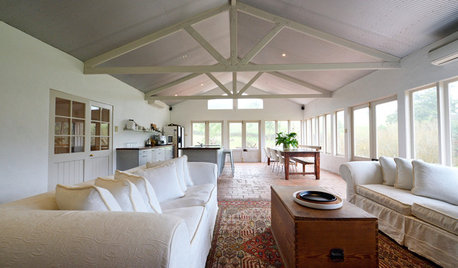
HOUZZ TOURSMy Houzz: Natural Beauty and Art in the Adelaide Hills
With mud-brick walls, a view to vineyards and nature's tones and textures throughout, this revived home celebrates earthiness
Full Story
TRADITIONAL HOMESHouzz Tour: Antiques and Old-World Luxury in the San Francisco Hills
Traditional furnishings and muted colors complement European architecture in a beautifully remodeled 1912 house
Full Story
HOUZZ TOURSMy Houzz: Andalusian-Inspired Touches in a Modern Home in the Hills
A Northern California couple adds global influences to the design of their contemporary family home
Full Story
MY HOUZZMy Houzz: Eclectic English Cottage in the Hollywood Hills
Bold colors, a diverse art collection and a romantic, rambling garden create a special home in the historic Outpost Estates
Full Story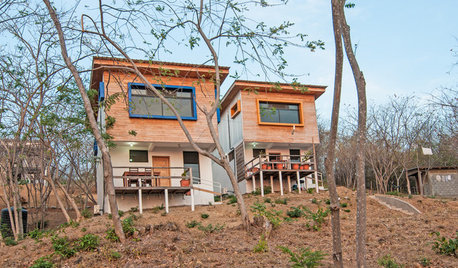
HOUZZ TOURSMy Houzz: Tropical Modern Casitas Perch in the Nicaraguan Hills
Efficient and tranquil, two small units on a sprawling compound have panoramic views and earth-friendly features
Full Story
MY HOUZZMy Houzz: Contemporary Look for an Art Deco Apartment in Beverly Hills
A soothing palette and transitional style define a couple’s urban oasis on Doheny Drive
Full Story
HOUZZ TOURSHouzz Tour: Luxurious Comfort in the Hollywood Hills
Glamour and elegance coexist happily with comfort in an interior designer's home in Los Angeles' Hollywood Hills
Full Story





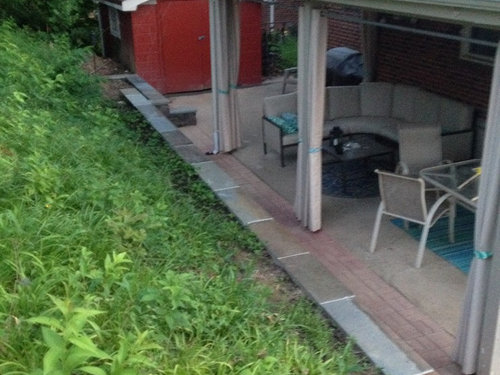


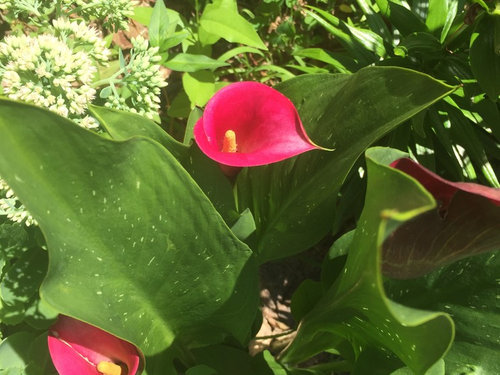
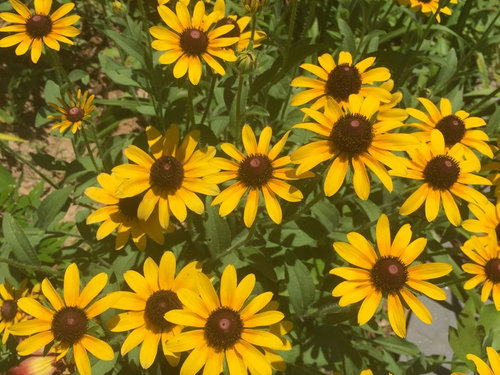





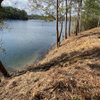
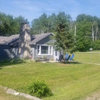


gardengal48 (PNW Z8/9)